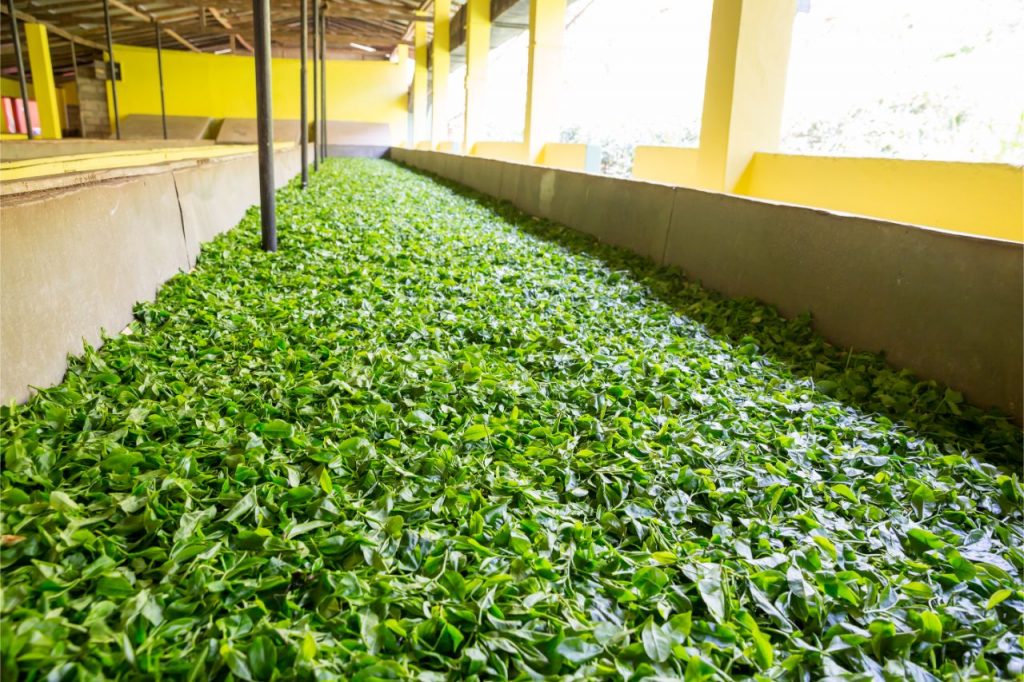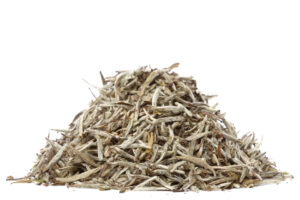Decaffinated tea, or decaf tea, is popular for those looking to limit their caffeine intake. But how is it decaffeinated? Well, there are four decaffeination procedures – methylene chloride, carbon dioxide, ethyl acetate, or water processing methods. Each method affects the taste and texture of the tea uniquely.
True teas naturally contain caffeine. But what if you are sensitive to caffeine? This is where decaffeinated teas come in. Decaffeinated teas allow you to indulge in tea with hardly any caffeine.
But, decaffeinated teas (or decaf teas) still pose many questions for individuals. Does it still offer the same health benefits as a regular cup of tea?
Most importantly, how is tea decaffeinated? We’re here today to answer all of these questions. Let’s get started!
Firstly – What Is Caffeine?
Before we head onto the technicalities, let’s briefly talk about caffeine.
Tea contains caffeine, which naturally occurs in the Camellia sinensis plant. People love consuming caffeinated beverages because it gives them that much-needed pick-me-up.
According to the Center for Science in the Public Interest, caffeine is an FDA-approved medication. Many over-the-counter stimulants, weight reduction aids, and pain medications include caffeine. Energy drinks also contain copious amounts of caffeine.
The bioactivity of caffeine inside the human body induces the production of cortisol and adrenaline. These compounds are “fight or flight” stimulants. When we consume too much, we get adverse reactions.
People sometimes refer to caffeine as a “legal drug” because it causes dependency. Without it, strong tea or coffee drinkers begin to feel withdrawal symptoms.
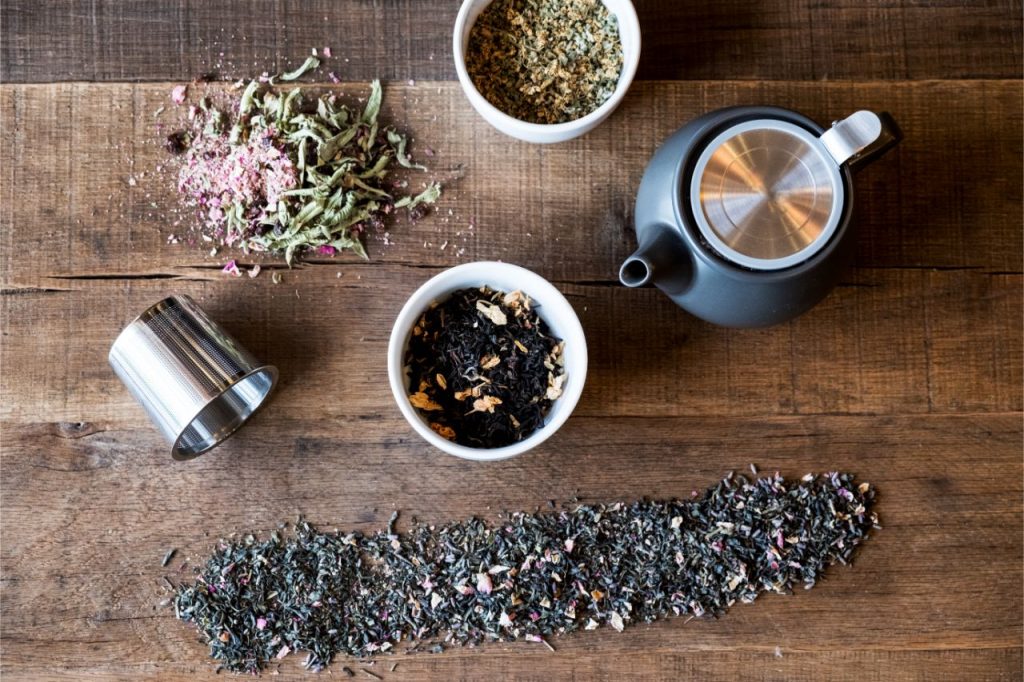
What is Decaf Tea?
Decaffeinated teas are teas that have had 90% of their caffeine removed via a decaffeination process.
This is different from ‘caffeine-free’ or herbal teas. These do not include genuine tea leaves and often never had natural caffeine to begin with. If a plant is ‘caffeine-free’ it signifies that caffeine was never present in the plant. It was not a part of its genetic structure. Good examples of these are rooibos, fruit, and peppermint teas.
But both decaf and caffeine free teas are the best options if you want to reduce caffeine intake.
Pros of Decaffeinated Tea
Decaffeinated tea is an option you should consider if you have trouble getting a good night’s sleep due to your caffeine intake.
Cons of Decaffeinated Tea
Decaf tea has certain disadvantages as well. Most of them aren’t harmful, though. But, it’s still best to take them into account.
Caffeine
Remember, decaffeinated teas do not remove the caffeine altogether. Most of the caffeine gets stripped out in the process, but it still leaves some doses. So if you are very sensitive to caffeine, this might cause problems for you.
Taste
Unfortunately, the decaffeination procedure removes more than just caffeine from the tea. The common belief is decaf teas are often less tasty. Solvents take other components during the decaffeination process, including tastes and fragrances.
Antioxidants
One kind of chemical known as flavonoids has several possible health advantages. It is also found in high quantities within the tea plant. Antioxidants found in tea are widely praised for their potential health benefits.
The Different Industrial Decaffeination Procedures
Tea manufacturers decaffeinate tea in a variety of ways, primarily by immersing the leaves in carbon dioxide or solvents. It all boils down to a particular scientific protocol for every procedure. The process differs in each company.
CO2 Tea Decaffeination Method
This method is the most natural of the three basic decaffeination treatments. Because it uses no chemical solvents, CO2 is also the most eco-friendly technique.
In the CO2 method, the tea leaves are infused with CO2 and heated to high temperatures and pressures. The liquid CO2 attracts the tea’s caffeine molecules and binds to them. This leaves behind the more giant ‘tea’ molecules, retaining their flavor.
CO2 tea manufacturers think that the procedure best retains the tea’s original taste. But due to its high expense, it isn’t the most common and achievable way to decaffeinate. Only a couple of companies employ the Carbon Dioxide (CO2) approach. The most well-known company using the CO2 process is Clipper Tea from England.
The Ethyl Acetate Decaffeination Method
Next on this list is the ethyl acetate process. Brands like Twinings and Bulders tea use this decaffeination method.
The ethyl acetate solvent removes or strips away the tea’s caffeine. Nail polish removers often include this active ingredient in their formulas. This is why this decaffeination process might leave a disagreeable taste of the caustic chemical.
The process also removes the leaves’ antioxidants, which is a significant drawback.
Methylene Chloride Decaffeination Method
Chemically, methylene chloride is also “dichloromethane.” According to the US Department of Labor, this is also a chemical employed in paint strippers and metal cleaners.
In this method, tea manufacturers immerse the tea leaves in methylene chloride. Afterward, they return the liquid into the tea to reabsorb its flavors.
This decaffeination technique retains much of the tea’s natural taste. But, it is not the healthiest. Some nations restrict the importation of teas with this kind of treatment.
Water Processing Decaffeination
This process is very well known for decaffeinating coffee. But, only very few tea manufacturers use this method because it results in a bland taste.
The process starts by immersing the tea leaves in hot water to eliminate their caffeine. Next, the solution passes through a carbon filter. This step finally removes the other caffeine remnants.
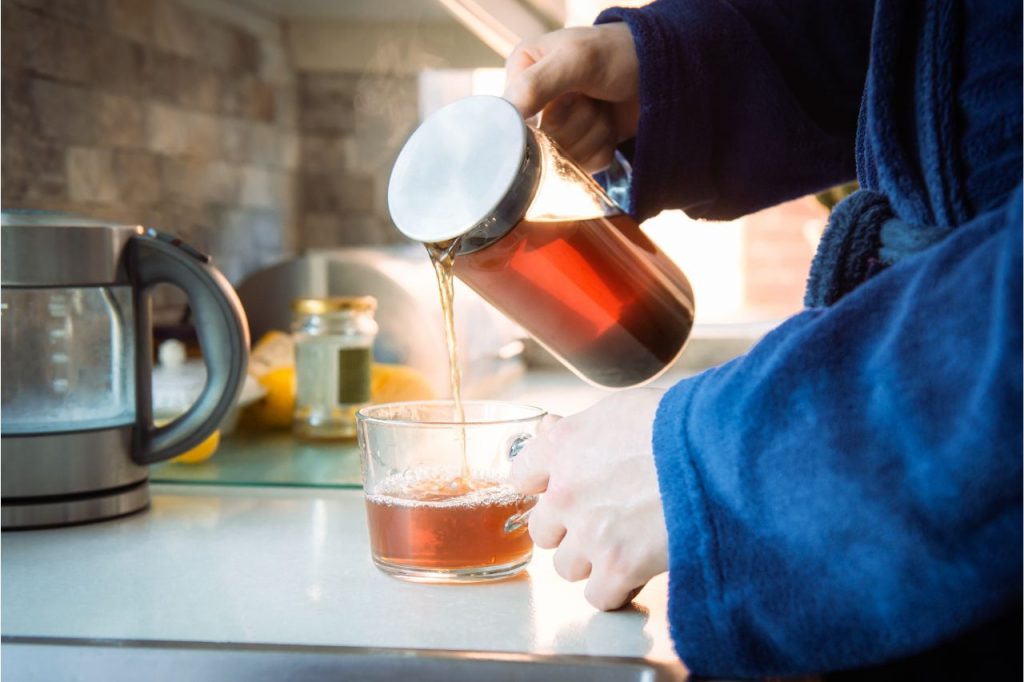
What Is The Best Decaffeination Procedure?
CO2 is a naturally occurring gas. Because of this, many people say that it is preferable to the Ethyl Acetate method. Carbon dioxide (CO2) and ethyl acetate (EA) are natural. However, ethyl acetate is somewhat of a toxin.
Even though CO2 decaffeination is often considered the most effective technique, only a few use it due to the high cost. Decaffeination equipment is crazy expensive and needs ample industrial facilities for storage.
When it comes to overall taste, purity, and effectiveness, the CO2 method takes the cake. But it’s all up to you and your preferences. Know the ways that work for you.
Can You Decaffeinate Tea At Home?
A lot of people try decaffeinating their teas at home. Here are some ways you can customise the amount of caffeine in your tea.
Steeping Time
If you want to lower the caffeine content of your tea, you can soak it for a longer duration. Researchers at the Journal of Analytical Toxicology came up with some quantified data in their research.
At 1 minute, 27 minutes, and 5 minutes, A Stash Premium Green produced 16 milligrams of caffeine per 6 ounces of hot water.
Temperature Of Steeping Water
A hot cup of tea will carry higher caffeine than a chilled one. This is because heat releases caffeine. So, if you want to lessen the caffeine in your true tea, use the cold brewing method.
The Amount Of Water
If you use more water than tea, you’ll dilute your tea, which reduces the amount of caffeine per cup.
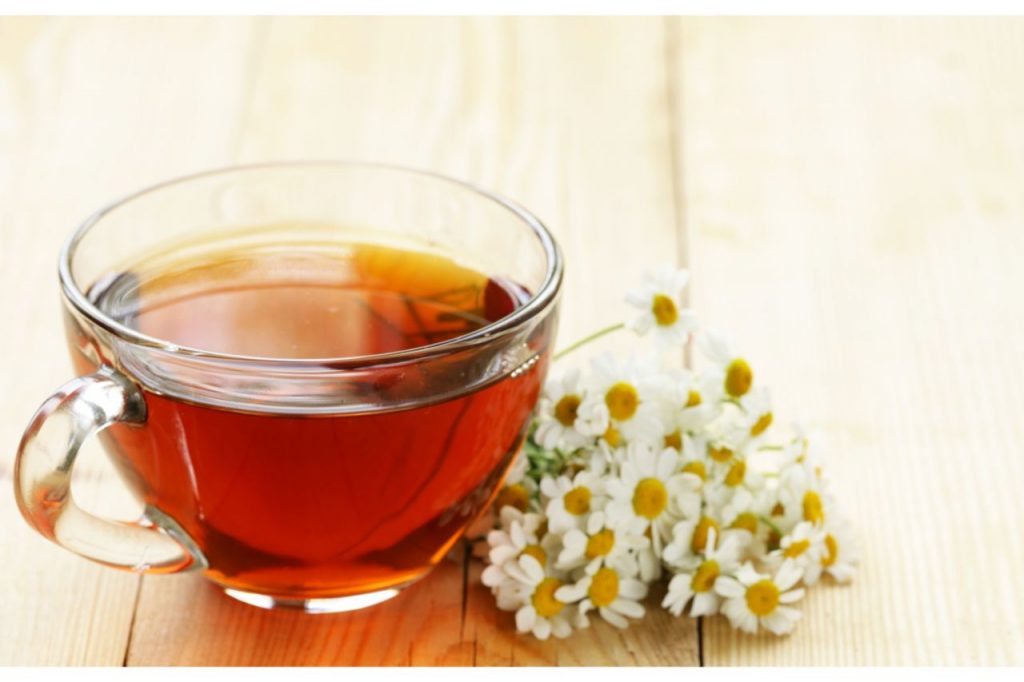
The Bottomline – What is Decaf Tea?
There are many ways manufacturers decaffeinate tea. Decaffeinated tea might include undesired compounds due to the techniques used to make it. Many people argue about the health effects of chemical processes.
Choosing what kind of method suits you will mostly rely on your circumstances.
Moreover, decaf teas don’t provide the same health advantages as traditional tea. If you want to avoid possibly dangerous chemicals while still reaping tea benefits, look for CO2-treated decaf teas. Or, better yet, opt for herbal teas.
Happy Sipping!
FAQs
Decaffeinated tea is a wonderful option if you are reducing your caffeine consumption. However, decaffeinated teas lose their many health advantages in the process.
Yes. When it comes to decaffeination, the most popular approach is soaking the tea leaves in methylene chloride or ethyl acetate. Many tea manufacturers label these as “naturally decaffeinated teas” because the chemical compound used in the process is inferred from fruit.
No. There is approximately 2–3 mg of caffeine in decaffeinated tea since decaffeination cannot completely eliminate it.
Decaf tea refers to true tea leaves that go through the decaffeination procedure. Caffeine-free, on the other hand, suggests that the tea leaves or plants never had caffeine.
The CO2 method. Some global brands use carbon dioxide as it is the most natural technique of decaffeinating. Additionally, this procedure is the most successful at retaining the tea’s taste and eliminating the caffeine without affecting its potential health benefits.

